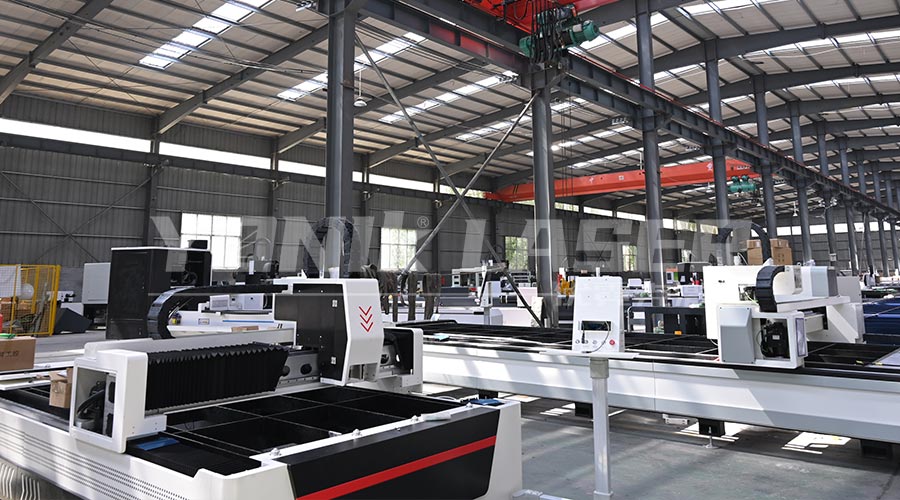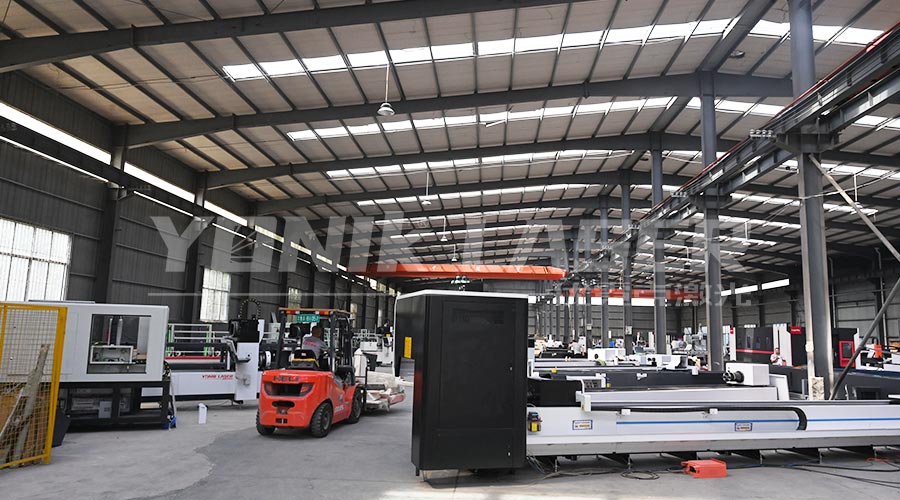In the field of industrial manufacturing, the cutting quality of laser cutting machines directly affects the process value and market competitiveness of products. With the increasing requirements for precision in the metal processing industry, how to optimize the cutting edge quality through scientific methods has become the focus of processing companies. This article will deeply analyze the practical experience of laser cutting quality control from three dimensions: equipment parameter optimization, material property matching, and process skill upgrade.

1. Precise control of core parameters is the cornerstone of quality
The choice of cutting power directly affects the energy density distribution. For the fine cutting of 304 stainless steel, the pulse mode 800W power is used with a 0.8mm nozzle to obtain a more uniform molten pool flow; while 12mm carbon steel cutting requires a continuous wave mode power output of more than 3000W. The cutting speed is inversely proportional to the material thickness. Experimental data show that 1mm aluminum plate can obtain the best section using 12m/min, while 8mm plate needs to be controlled below 3.5m/min.
The optimization of auxiliary gas parameters is often overlooked but crucial. When cutting with oxygen, the pressure of 0.8MPa can effectively remove the slag, but it will aggravate the oxide layer; nitrogen cutting needs to be increased to more than 2.0MPa to ensure the non-oxidation effect. The focus position adjustment needs to be combined with the reflectivity of the material. Reflective materials such as copper alloys use a positive defocus of 0.2mm to avoid energy reflection loss, while carbon steel is recommended to have a negative defocus of 0.1mm to enhance penetration.
2. The matching rules of material properties and processes
The difference in thermal conductivity of different materials determines the process route. Aluminum alloy cutting requires the use of high-frequency pulse mode (above 3000Hz) to reduce the heat-affected zone, and nitrogen protection to prevent oxidation black edges. When cutting stainless steel sheets with compressed air, special attention should be paid to the stability of the air pressure. A pressure fluctuation of 0.6MPa exceeding 5% will cause the edge waviness to exceed the standard.
For special materials such as composite plates, it is recommended to configure a dual-focus cutting system. Taking carbon steel-aluminum alloy sandwich panels as an example, the front focus controls the cutting depth of carbon steel, and the rear focus processes the aluminum alloy layer. With the help of dynamic air pressure adjustment technology, the problem of interface slag residue can be effectively solved. Glass cutting requires a synchronous cooling device to control thermal stress within the material yield limit through real-time temperature monitoring.
3. Practical skills for innovative processes to improve cutting accuracy
The groove cutting technology can complete the V-shaped weld prefabrication in one go by dynamically adjusting the laser incident angle (adjustable range of 15-30°), reducing the seam error of traditional secondary processing from ±0.2mm to ±0.05mm. The closed-loop feedback system integrates a visual inspection module, which can capture the cutting front state in real time. When abnormal molten pool flow is detected, the system can automatically correct the power curve within 50ms.
The establishment of an intelligent process database is a guarantee of stable quality. An automotive parts manufacturer has established an AI model by collecting 2000+ sets of processing data, which has increased the accuracy of cutting parameter matching for different batches of materials to 98%. Regular optical path calibration is also critical. Using a high-precision laser analyzer to detect the beam mode every month can control the focus drift within 0.01mm.
4. Construction of the full-process quality assurance system
The preventive maintenance plan requires scientific planning: the lens must be cleaned and maintained every 40 hours, the cutting head ceramic body must be replaced every 2,000 hours, and the guide rail lubrication cycle must not exceed 72 hours. Operators need to master the skills of identifying thermal lens effects. When the incision is observed to be wide at the top and narrow at the bottom, the focusing lens status must be checked immediately.

Establish a three-level quality inspection process: online CCD system for real-time contour monitoring, offline three-coordinate measurement of key dimensions, and metallographic analysis for weekly sampling of section quality. A precision mold company has reduced the product defect rate from 1.2% to 0.15% through this system.
With the in-depth application of intelligent sensing technology and digital twin systems, laser cutting is evolving towards predictive quality control. Enterprises need to continuously optimize from three levels: equipment parameters, process innovation, and system management to maintain their competitive advantage in the field of precision manufacturing. It is recommended that processing companies conduct process audits every quarter, establish a cutting quality big data platform, and achieve a leap from empirical processing to intelligent manufacturing.
2025-07-22
2025-07-21
2025-07-19